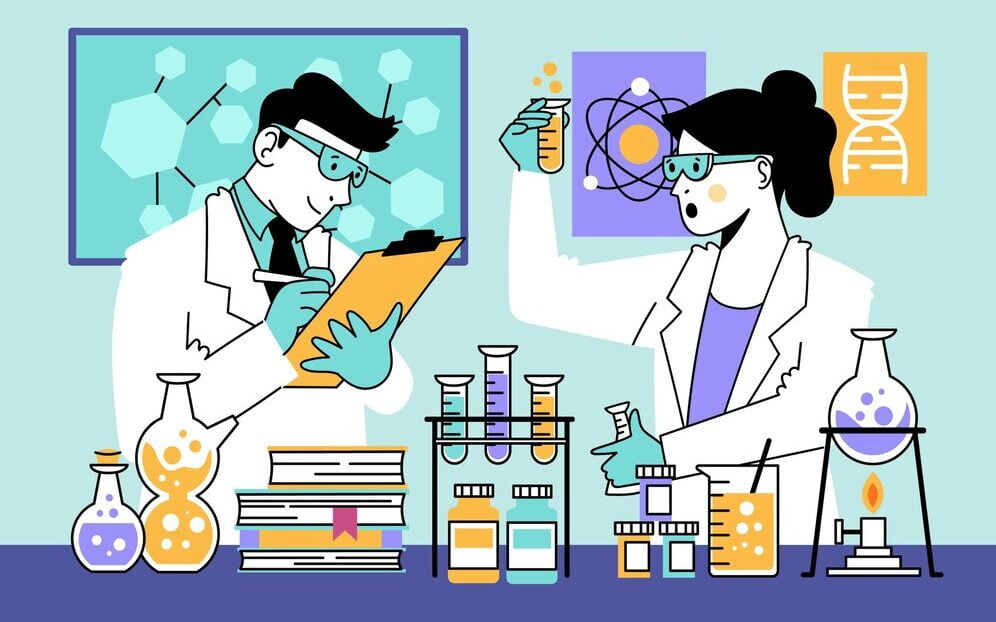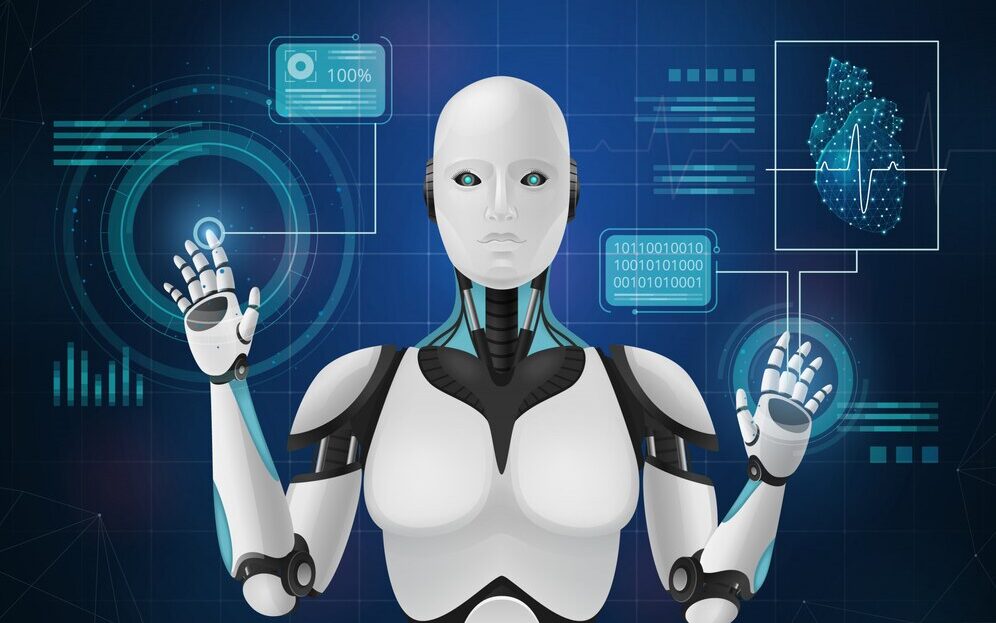In the world of medicine and healthcare, the search for new drugs and treatments is a constant battle against time and disease. As technology continues to advance, one tool that has emerged as a game-changer in drug discovery is Generative AI.
The role of Generative AI in drug discovery is to design new molecules with desired properties, accelerating the process, and reducing costs.
In this blog, we will explore what is generative AI and what is the role of generative AI in drug discovery. Let’s explore!
Table of Contents
- Understanding Drug Discovery
- What is Generative AI?
- Role of Generative AI in Drug Discovery
- Real World Examples
- Future of Generative AI in Drug Discovery
- FAQ’s
- Conclusion
Understanding Drug Discovery

Drug discovery is the process of finding and designing new medicines to treat diseases. It begins by identifying a biological target, like a protein related to a certain disease. Then, they test lots of chemicals to see which ones can affect that target in the right way.
Only a few chemicals will work well enough to be further developed. Chemists then change these chemicals to make them better at treating the disease. After lots of testing, one of these improved chemicals might become a new medicine to test on people.
This process takes 10-15 years on average and costs over $1 billion per approved drug. The hardest parts are finding the right chemical at the start and making it better quickly. AI could help speed up these steps.
What is Generative AI?

Generative AI refers to artificial intelligence systems that can generate new data, rather than just analyze existing data. Common generative AI applications include creating images, music, computer code, and text content.
At its core, generative AI uses machine learning models called neural networks that are trained on massive datasets. During training, these models learn the patterns and context within that data.
For example, a generative AI trained in drug descriptions could make a new one. An image-generative AI could create new molecular structures based on given details. This helps in fields like drug discovery, where there’s a lot to explore.
Role of Generative AI in Drug Discovery

Generative AI is being applied to accelerate multiple key stages of the drug discovery pipeline. One major application is generating novel chemical compounds that could potentially modulate a disease-related biological target.
Generating Novel Molecular Structures
- Generative AI models can analyze vast databases of existing drug molecules and their structures
- Using this training data, the AI can design entirely new molecular structures with optimized properties
- This allows rapidly generating novel candidate compounds for potential new drugs
- Accelerates the traditionally slow, trial-and-error process of synthesizing and testing countless molecules
Optimizing and Refining Existing Drugs
- Generative AI can analyze the structure and activity data of an existing drug molecule
- The AI can then suggest strategic molecular modifications to improve efficacy or reduce side effects
- Allows optimizing and refining approved drugs to create better next-generation versions
Predicting Molecular Properties and Interactions
- AI models can predict how a newly generated molecule may interact with biological systems
- Enables evaluating properties like binding, toxicity, and bioavailability without extensive lab testing
- Streamlines early drug development stages by reducing needed experimental screening
- However, experimental validation remains essential to confirm AI predictions
Repurposing Existing Drugs for New Disease Applications
- Generative AI can analyze a drug’s mechanism of action at the molecular level
- This allows for the identification of new potential therapeutic uses for existing approved drugs
- Known as drug repurposing, this facilitates expediting the development of treatments for new diseases
In short, Generative AI can help to find new medicines quickly. It can make better molecules, improve existing drugs, and figure out how different compounds work. It can also find new uses for medicines we already have. This technology is changing how we do drug research. It makes it faster, cheaper, and more likely to succeed than before.
Real World Examples
Several major pharmaceutical companies are already leveraging generative AI for drug discovery.
In 2020, Insilico Medicine used an AI system to identify a potential new treatment for idiopathic pulmonary fibrosis. Their generative AI designed novel molecules from scratch that were promising drug candidates.
Exscientia created the first AI-designed drug candidate to enter clinical trials in 2022. Their AI rapidly explored potential drug prospects and optimized the most viable lead compound for testing as a potential treatment for chronic insomnia.
Recursion Pharmaceuticals uses generative AI to model billions of images of human cells to identify compounds that could influence disease processes. Their models have already discovered over 30 promising new drug candidates across multiple therapeutic areas.
As these and other examples demonstrate, generative AI is actively accelerating drug pipelines across the industry. Pharmaceutical giants and biotech startups alike are rapidly adopting the technology to drive innovation.
Future of Generative AI in Drug Discovery
The current applications of generative AI in drug discovery are just the beginning. As these AI systems continue rapidly advancing, their impact on pharmaceutical R&D will grow dramatically.
Future generative AI models will become more powerful at exploring larger and more complex chemical spaces to uncover novel drug candidates. Their molecular property predictions will also become increasingly accurate.
Additionally, generative AI may help optimize the entire end-to-end drug development process beyond just molecular design. AI could potentially automate experiment design, control lab robots, analyze data, and even draft regulatory submissions.
Ultimately, generative AI is expected to radically accelerate research timelines and success rates for delivering safe, effective new drug treatments to patients faster than ever before possible.
FAQ’s
Generative AI rapidly designs optimized molecular structures for new drugs, refines existing drugs, predicts molecular properties, and repurposes approved drugs for new uses.
Generative AI is not directly used in drug manufacturing processes. It is applied earlier in the drug discovery and development stages to generate, optimize, and analyze new molecular structures before manufacturing.
In 2022, an AI system from Exscientia designed the first drug candidate discovered entirely by AI to enter human clinical trials.
Conclusion
In conclusion, the role of Generative AI in drug discovery is important. By rapidly designing novel molecular structures, optimizing existing drugs, predicting molecular properties, and identifying new uses for approved drugs, Generative AI significantly accelerates the research process. With its potential to revolutionize pharmaceutical R&D, Generative AI holds the promise of delivering safe and effective new treatments to patients faster than ever before.


5 thoughts on “What is the Role of Generative AI in Drug Discovery?”